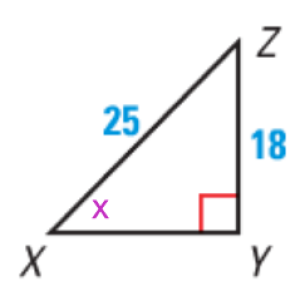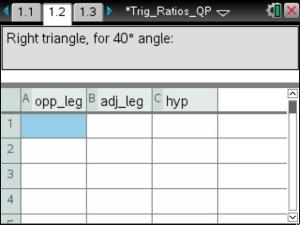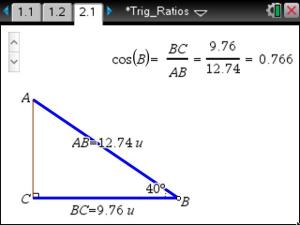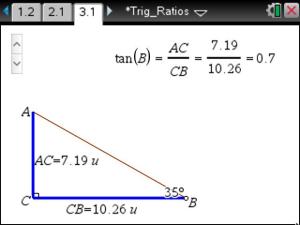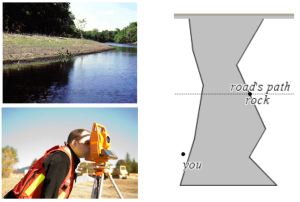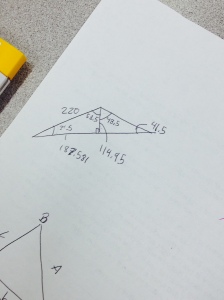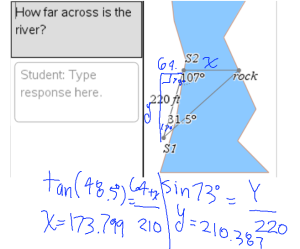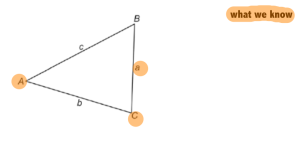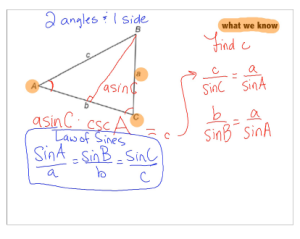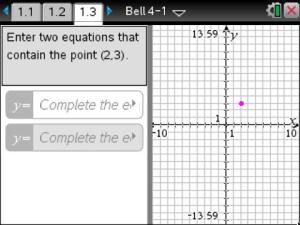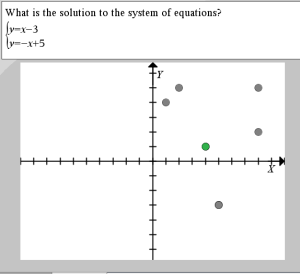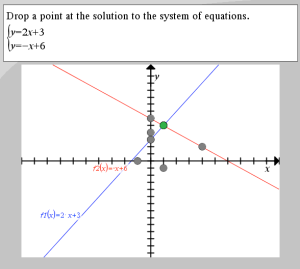Implement tasks that promote reasoning and problem solving,
and Use and connect mathematical representations.
Effective teaching of mathematics facilitates discourse among learners to build shared understanding of mathematical ideas by analyzing and comparing approaches and arguments.
- How might we implement and facilitate tasks that promote productive discussions to strengthen the teaching and learning of mathematics in all our teaching settings – teaching students and teaching teachers?
- What types of tasks encourage mathematical flexibility to show what we know in more than one way?
Our slide deck:
Our agenda:
| 7:00 | Jill/Jennifer’s Opening remarks
|
| 7:05 | Number Talk: 81 x 25
|
| 7:10 | #LL2LU Use and connect mathematical representations
Think back to a lesson you taught or observed in the past month. At what level did you or the teacher show evidence of using mathematical representations? |
| 7:15 | Task: (x+1)^2 does/doesn’t equal x^2+1 |
| 7:25 | Taking Action (DEI quote) |
| 7:30 | #LL2LU Implement Tasks That Promote Reasoning and Problem Solving |
| 7:35 | Graham Fletcher’s Open Middle Finding Equivalent Ratios |
| 7:45 | Illustrative Mathematics: Jim and Jesse’s Money |
| 7:55 | Close and preview next in the series |
Some reflections from the chat window:
I learned to pay attention to multiple representations that my students will create when they are allowed the chance to think on their own. I learned to ask myself how am I fostering this environment with my questioning.
I learned to pay attention to the diversity of representations that different students bring to the classroom and to wait to everyone have time to think
I learned to pay attention (more) to illustrating work instead of focusing so much on algebraic reasoning in my approach to teaching Algebra I. I learned to ask myself how could I model multiple representations to my students.
I learned to pay attention to multiple representations because students all think and see things differently.
I learned to make sure to give a pause for students to make the connections between different ways of representing a problem, rather than just accepting the first right answer and moving on.
I learned to pay attention to the ways that I present information and concepts to children… I need to include more visual representations when I working with algebraic reasoning activities.
Cross-posted on Experiments in Learning by Doing










